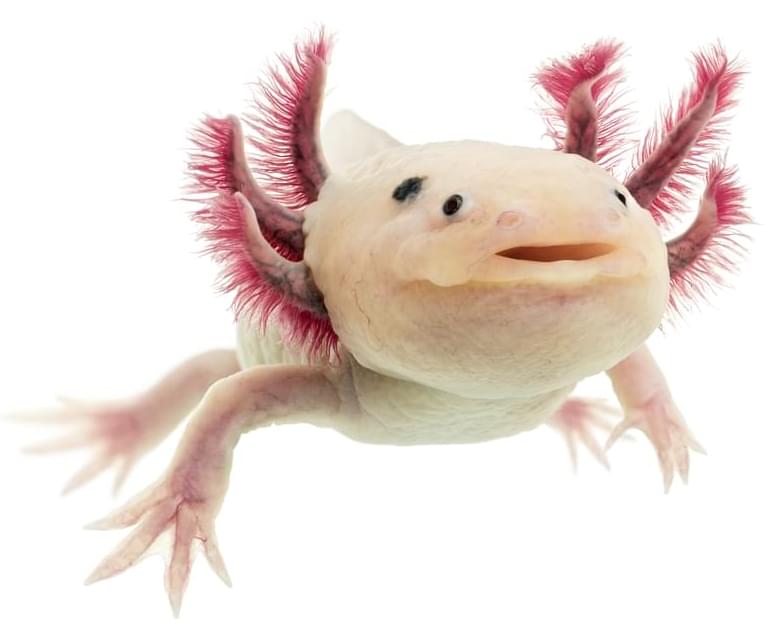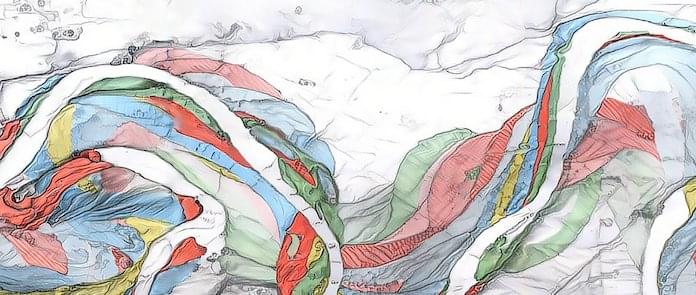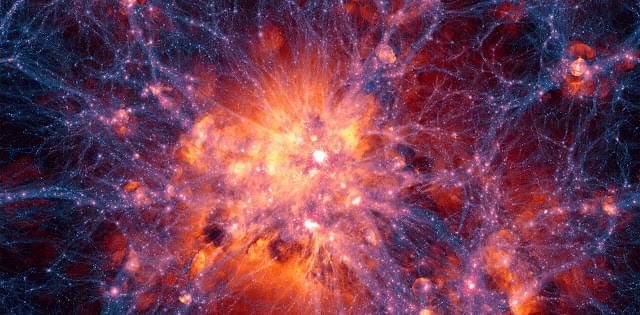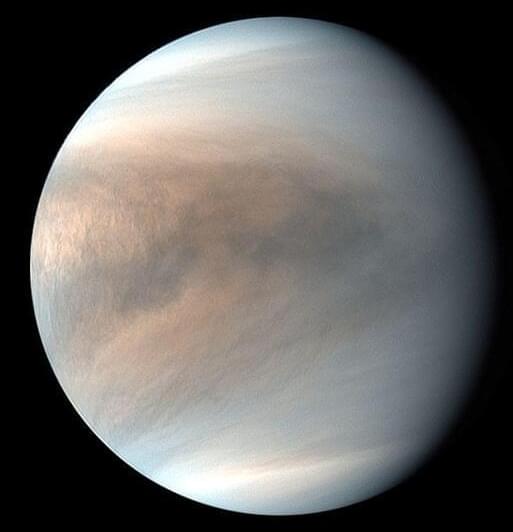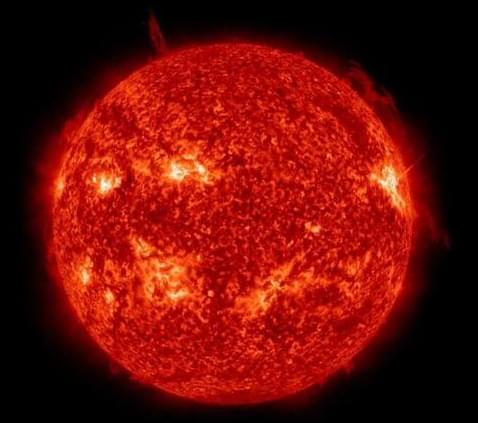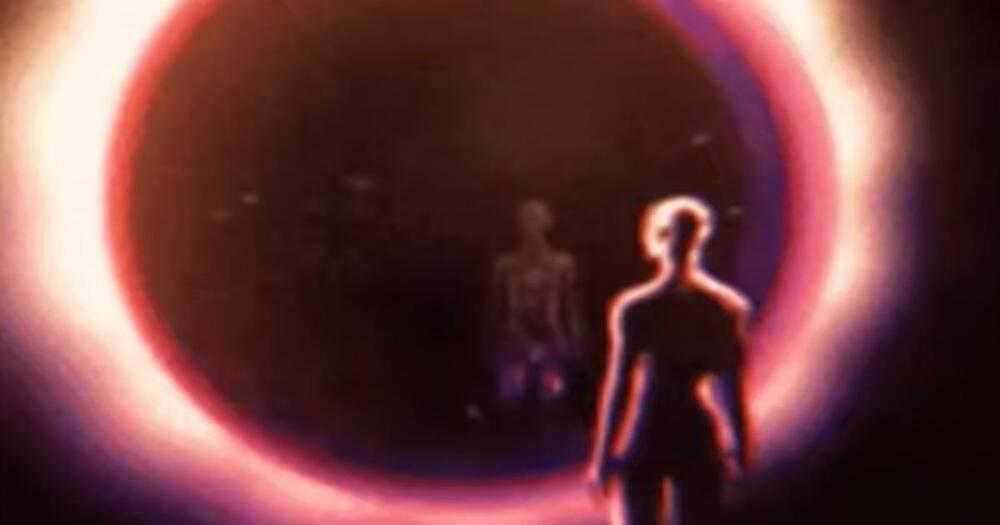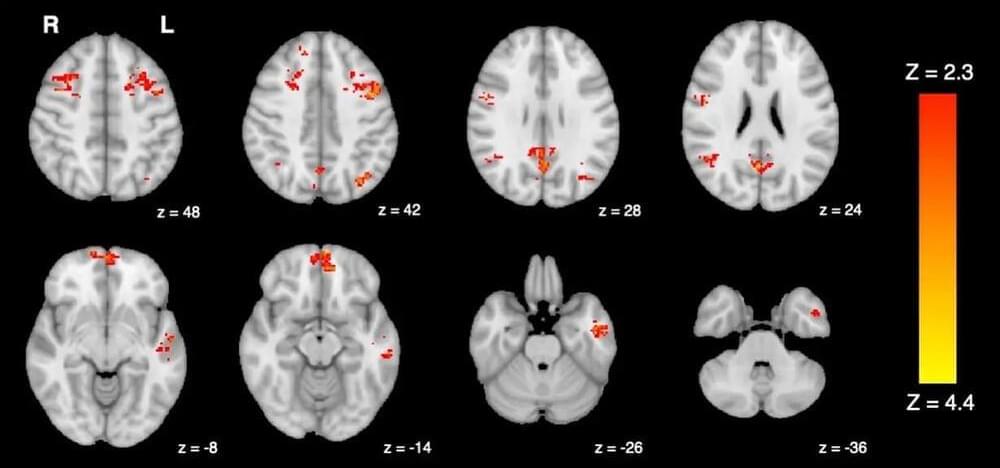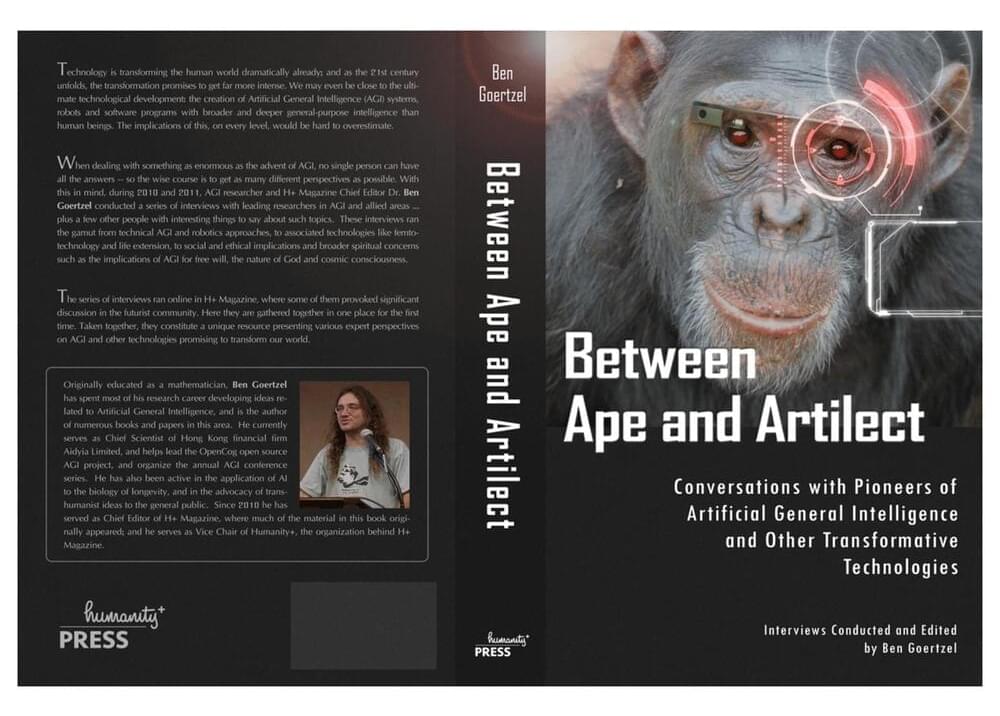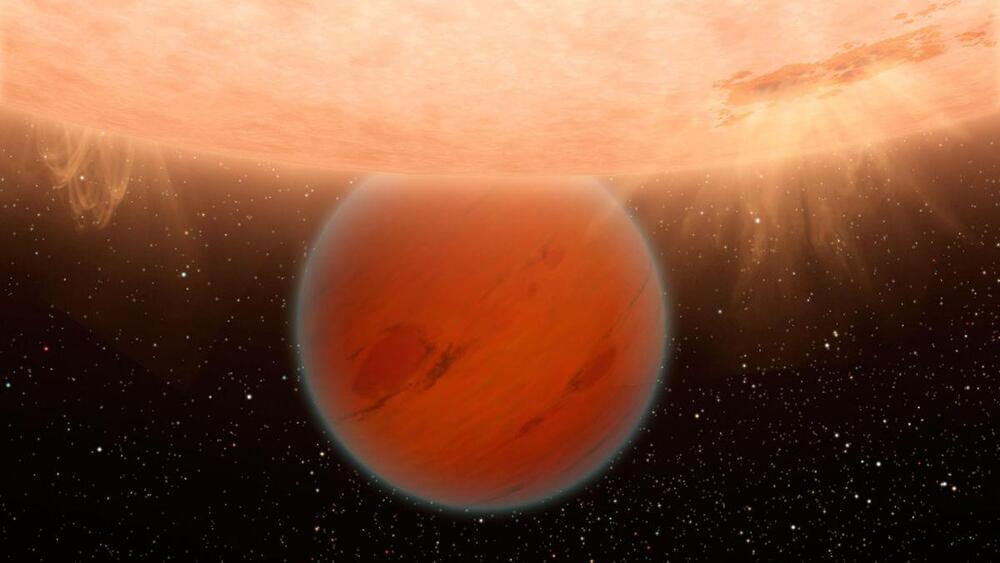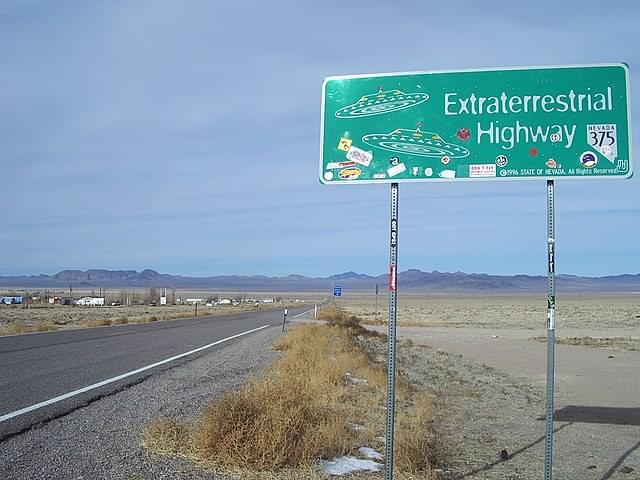Everything you want to know about how and why some animals can regrow their body parts and what it takes for humans to learn to do so, too.
Im still w/ Kurzweil at 2029, but:
+1. While I will also respect the request to not state them in the comments, I would bet that you could sample 10 ICML/NeurIPS/ICLR/AISTATS authors and learn about 10 well-defined, not entirely overlapping obstacles of this sort.
We don’t have any obstacle left in mind that we don’t expect to get overcome in more than 6 months after efforts are invested to take it down.
I don’t want people to skim this post and get the impression that this is a common view in ML.
Sir Roger Penrose, a mathematician and physicist from the University of Oxford who recently shared this year’s Nobel Prize in physics, says that our universe has undergone numerous Big Bangs, with another one on the way.
Data from BepiColombo and Solar Orbiter during Venus gravity assists reveal how a magnetic field protects the Venusian atmosphere.
The acoustically generated force will help astronomers better understand the sun’s photosphere and the causes of space weather.
Scientists at Tennessee’s Oak Ridge National Laboratory are attempting to establish a doorway to a parallel reality. The goal of the project is to depict a world that is nearly comparable to ours and where life is mirrored. The experiment’s leader, Leah Broussard, told NBC that the strategy is a little crazy, but it will completely transform the game. If the studies are successful, particles will be able to morph into images of themselves, allowing them to burrow through a solid wall. This might demonstrate that the cosmos we observe is merely half of what exists. Broussard revealed that he believes the test will yield a result of zero.
The study conducted by researchers at the University of British Columbia and the University of Victoria reveals that exposure to common levels of traffic pollution can impair brain function within hours.
The peer-reviewed study published in Environmental Health found that only two hours of exposure to diesel exhaust leads to a decrease in brain functional connectivity, which is a measure of how different areas of the brain interact and communicate with each other. This study is the first controlled experiment to provide evidence of air pollution altering brain connectivity in humans.
“For many decades, scientists thought the brain may be protected from the harmful effects of air pollution,” said senior study author Dr. Chris Carlsten, professor and head of respiratory medicine and the Canada Research Chair in occupational and environmental lung disease at UBC. “This study, which is the first of its kind in the world, provides fresh evidence supporting a connection between air pollution and cognition.”
Dropbox is a free service that lets you bring your photos, docs, and videos anywhere and share them easily. Never email yourself a file again!
There’s apparently a dearth of close-orbiting Neptune-size planets in our galaxy, and two observation techniques are starting to explain why.
Astronomers picked up extraterrestrial signals which they previously missed in an area they thought was devoid of potential ET activity. It could be the first hint that humans are not alone in the universe.
Mysterious Signals Detected
Experts led by University of Toronto student Peter Ma used an algorithm with artificial intelligence (AI) to examine 820 stars in an area they didn’t suspect would have any potential activity. They were surprised with their finding, especially since they missed the tentative signals earlier due to a lot of interference, Daily Mail reported.
